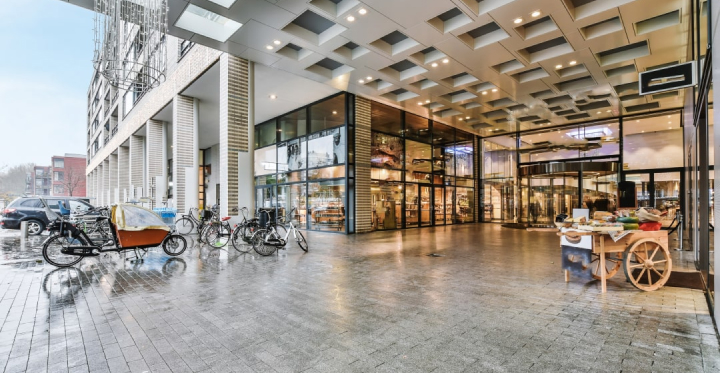Whether we’re talking about a small chain of fashion stores or a global camping supplies retailer, your brand is only successful so long as your products are selling. While running a retail business can be extremely profitable, it only takes a few errors in judgement or a sudden change in consumer behaviour to change everything.
This is why it’s imperative that retail businesses keep their finger on the pulse when it comes to knowing who their target customer is, what their needs are, how they like to shop, and similar metrics.
Put simply, any approach to increasing sales begins with a strong knowledge of your customer.
Customer data is how to increase profit in retail business
Let’s first consider the literal shop shelves. By taking the time to research who is buying from you and what they are looking for, you’ll be in a better position to stock the right items in your store and price them accordingly.
Knowing your customer is also important when it comes to marketing. You need to know where they are spending their time so you can reach them with your advertising and promotions. If you are selling products that appeal to a certain demographic, make sure you are marketing in the places that they are most likely to see your ads. This process will also help you tailor loyalty programs and other incentives to keep them returning to your store.
The more you know about who is buying from you and what their motivations are, the better you can enhance their in-store experience and thus retain them as a loyal customer.
So, how do you get to know your customer?
When they browse your products in store, where does the average customer tend to spend the most time? Are they immediately drawn to certain merchandise when they first enter the store, or do customers typically mill about before returning to certain aisles?
Foot traffic analysis tools help businesses learn more about their customers. This information can include things like where people are coming from, what they are looking at, and how long they are spending in the store.
Close analysis of this data can help businesses make decisions about things like store layout, product placement, and promotions. It can also help you understand what kinds of customers your brand is attracting, and how to better appeal to these customers’ needs.
It’s worth noting that while foot traffic analysis tools are typically used in retail settings, they can also be used in office buildings, museums and other public spaces for a variety of purposes and applications.
How does foot traffic analysis work?
Most foot traffic analysis systems involve some combination of tracking devices, sensors, and cameras. As an example, the Kepler System pairs subtle in-store traffic counter devices with a state-of-the-art platform that records the data transmitted from these in-store devices and uses it to produce actionable insights.
With Kepler Analytics, you can:
- Compare and contrast individual store performance within your entire retail network
- Adjust stock allocation and merchandise layout in accordance with customer preferences
- Tweak in-store operations based on consumer behaviour
- Evaluate potential new store locations to see what kind of foot traffic they would attract
- Gain access to many other useful measures
Request a Kepler demo
Brands like footwear manufacturer Aquila have implemented the Kepler System throughout its Australia-wide stores with outstanding results. Trial Kepler for your own retail stores today, by requesting a demo.




